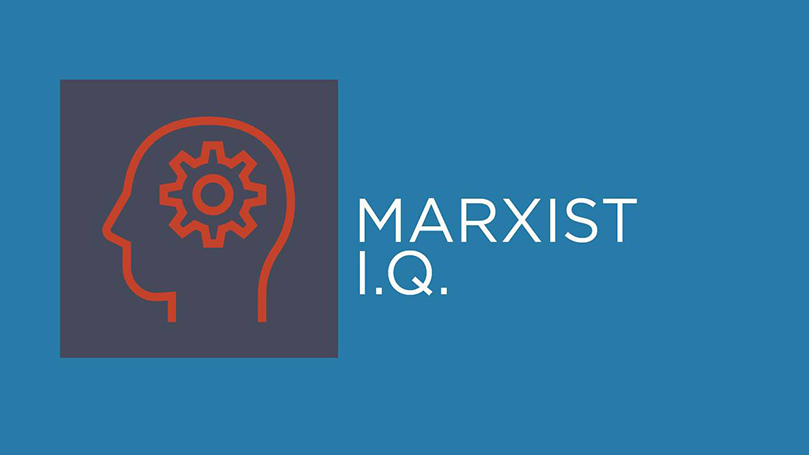
African American History Month has officially ended, but we continue to honor the struggle for African American liberation year-round. Here, we look at the role of the CPUSA since its inception in advancing the struggle for what was called ”Negro Liberation” when the Party was first founded.
1. The CPUSA was the party open to all people which ran an African American as a candidate for vice president. That candidate was
a. A. Philip Randolph
b. James W. Ford
c. Ralph Bunche
d. W. E. B. Du Bois
2. The CPUSA from the 1920s to today has led in the creation of civil rights groups to fight against all forms of racist oppression. These groups include
a. the International Labor Defense.
b. the Civil Rights Congress.
c. the National Alliance Against Racist and Political Repression.
d. All of the above.
3. The CPUSA from its early years saw the oppression of African Americans as
a. comparable to colonial oppression of subject peoples, a foundation of capitalism in the U.S.
b. prejudice centered in the white working class which reflected its ignorance.
c. something that would be solved once socialism was established.
d. an issue of no consequence in the class struggle.
4. From the founding of the CPUSA to his death in 1972, J. Edgar Hoover, as head of the Bureau of Investigation’s “Radical Division” and later FBI director from 1924 to 1972, combined anti-Communism with racism in the following:
a. His “reports” to seven American presidents that campaigns for anti-lynching laws and later civil rights legislation” were inspired by “Communist conspiracies”
b. His targeting of African American CPUSA leaders and prominent figures associated with the CPUSA, Ben Davis, W. E. B. Du Bois, Paul Robeson, and Henry Winston, among others, for special forms of harassment
c. His campaign to destroy the reputation and threaten the life of Martin Luther King, on the grounds that King was part of the “Communist conspiracy”
d. All of the above
5. The CPUSA today calls for
a. a stepped-up struggle against systemic racism (institutional and ideological) both through mass movements outside the political economic power structures and by militant anti-racists inside the political economic power structure as essential to the defense of the working class and the struggle for social justice and peace.
b. support for the initiatives of the Biden administration and the Democratic Party leadership as the best way to defeat racism.
c. the Black Lives Matter Movement to tone down its militant actions so as not to produce a “white backlash.”
d. working within the Republican Party to revive its anti-slavery traditions as the best way to fight racism.
Answers here.


 Join Now
Join Now